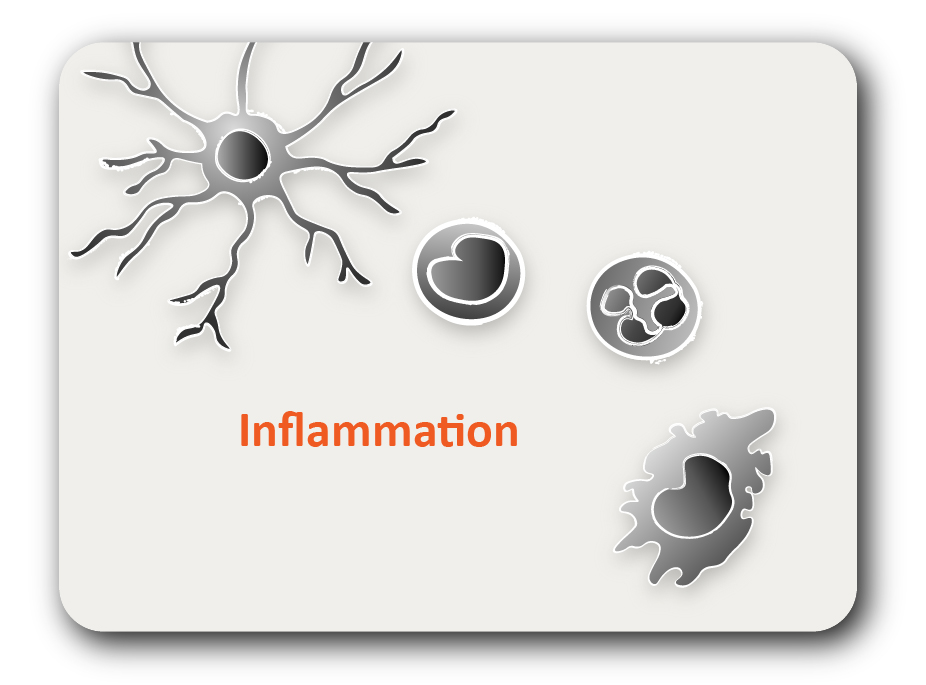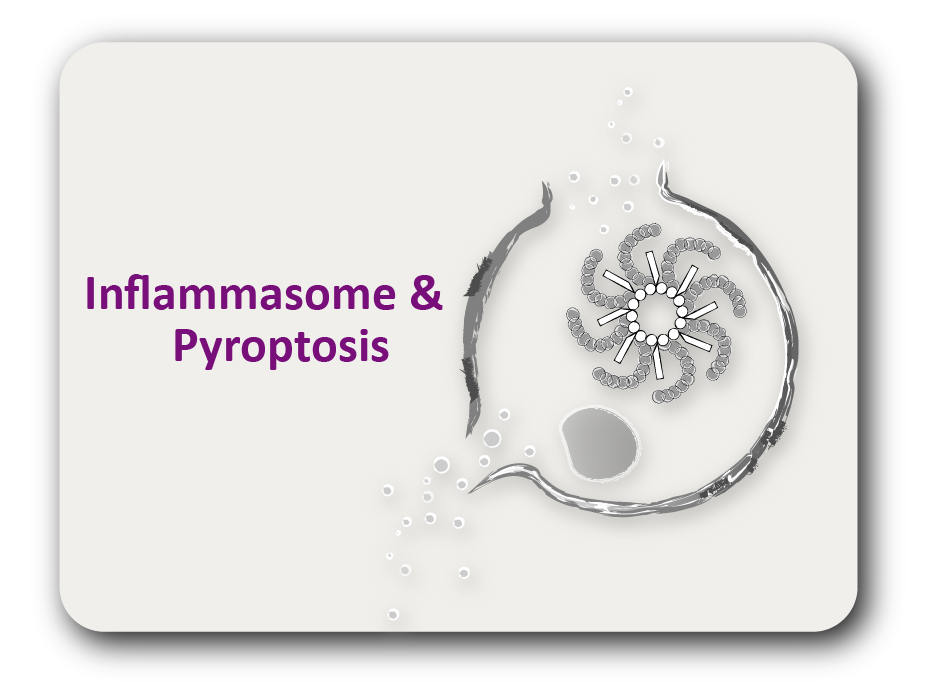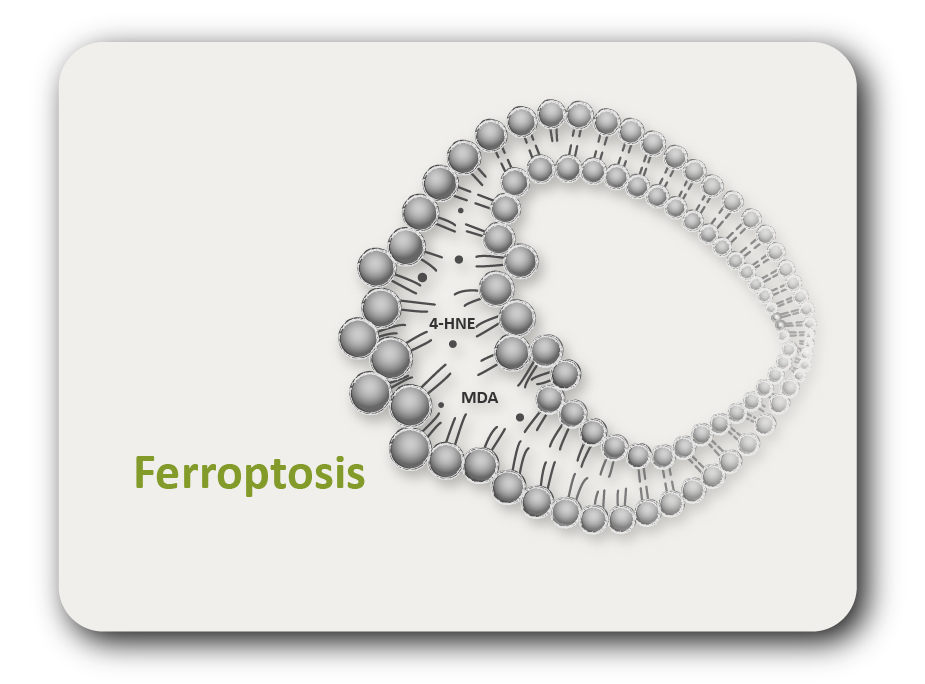ARG22186
anti-Bcl 2 antibody [10C4]
anti-Bcl 2 antibody [10C4] for Flow cytometry,ICC/IF,IHC-Frozen sections,IHC-Formalin-fixed paraffin-embedded sections,Immunoprecipitation,Western blot and Mouse,Rat
Cancer antibody; Cell Biology and Cellular Response antibody; Cell Death antibody; Metabolism antibody; Signaling Transduction antibody; Apoptosis Marker antibody
Overview
| Product Description | Mouse Monoclonal antibody [10C4] recognizes Bcl 2 |
|---|---|
| Tested Reactivity | Ms, Rat |
| Tested Application | FACS, ICC/IF, IHC-Fr, IHC-P, IP, WB |
| Specificity | Mouse/Rat Bcl-2 |
| Host | Mouse |
| Clonality | Monoclonal |
| Clone | 10C4 |
| Isotype | IgG1, kappa |
| Target Name | Bcl 2 |
| Antigen Species | Mouse |
| Immunogen | Synthetic peptide around aa. 61-76 of Murine Bcl-2 protein. |
| Conjugation | Un-conjugated |
| Alternate Names | BCL2; BCL2 Apoptosis Regulator; PPP1R50; Bcl-2; Protein Phosphatase 1, Regulatory Subunit 50; Apoptosis Regulator Bcl-2; B-Cell CLL/Lymphoma 2; BCL2, Apoptosis Regulator |
Application Instructions
| Application Suggestion |
|
||||||||||||||
|---|---|---|---|---|---|---|---|---|---|---|---|---|---|---|---|
| Application Note | * The dilutions indicate recommended starting dilutions and the optimal dilutions or concentrations should be determined by the scientist. |
Properties
| Form | Liquid |
|---|---|
| Buffer | BBS (pH 8.2) |
| Concentration | 0.1 mg/ml |
| Storage Instruction | For continuous use, store undiluted antibody at 2-8°C for up to a week. For long-term storage, aliquot and store at -20°C. Storage in frost free freezers is not recommended. Avoid repeated freeze/thaw cycles. Suggest spin the vial prior to opening. The antibody solution should be gently mixed before use. |
| Note | For laboratory research only, not for drug, diagnostic or other use. |
Bioinformation
| Database Links | |
|---|---|
| Gene Symbol | BCL2 |
| Gene Full Name | B cell leukemia/lymphoma 2 |
| Background | This gene encodes an integral outer mitochondrial membrane protein that blocks the apoptotic death of some cells such as lymphocytes. Constitutive expression of BCL2, such as in the case of translocation of BCL2 to Ig heavy chain locus, is thought to be the cause of follicular lymphoma. Alternative splicing results in multiple transcript variants. [provided by RefSeq, Feb 2016] |
| Function | Suppresses apoptosis in a variety of cell systems including factor-dependent lymphohematopoietic and neural cells. [UniProt] |
| Cellular Localization | Cytoplasm, Endoplasmic reticulum, Membrane, Mitochondrion, Mitochondrion outer membrane, Nucleus. [UniProt] |
| Highlight | Related Antibody Duos and Panels: ARG30268 Apoptosis Marker Antibody Duo (Bcl2, Bax) ARG30269 Apoptosis Marker Antibody Duo (Bcl2, Bid) Related products: Bcl-2 antibodies; Bcl-2 Duos / Panels; Anti-Rabbit IgG secondary antibodies; Related news: Lymphoma |
| Research Area | Cancer antibody; Cell Biology and Cellular Response antibody; Cell Death antibody; Metabolism antibody; Signaling Transduction antibody; Apoptosis Marker antibody |
| Calculated MW | 26 kDa |
| PTM | Phosphoprotein, Ubl conjugation. [UniProt] |
Images (1) Click the Picture to Zoom In
-
ARG22186 anti-Bcl 2 antibody [10C4] IHC-Fr image
Immunohistochemistry: Rat Braim stained with ARG22186 anti-Bcl 2 antibody [10C4].
Shu Feng et al. Theranostics ., (2023) doi: 10.7150/thno.81951, Fig. 3E.








